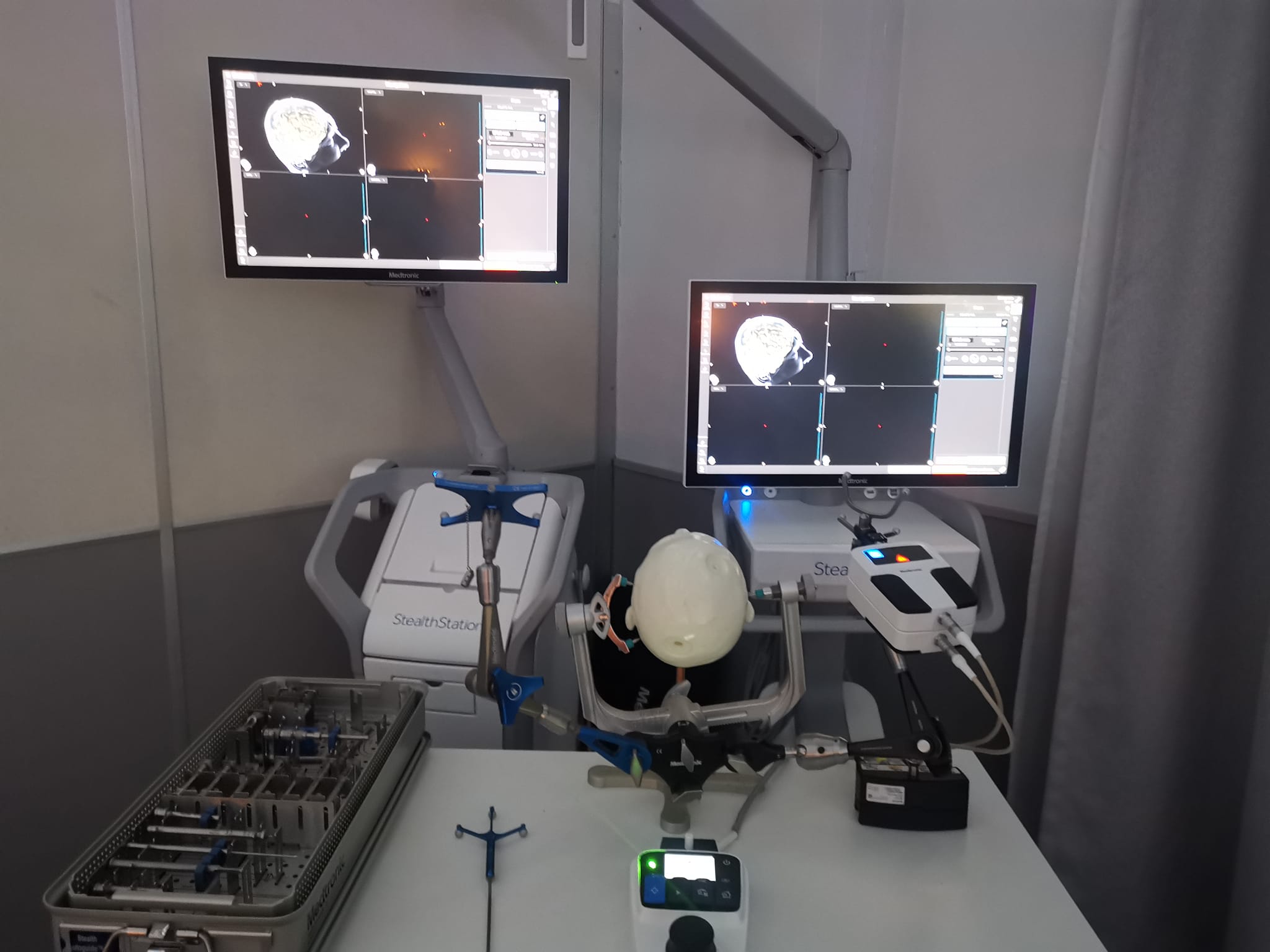
Two years ago (2021) we launched our appeal to fund a second Adult Video Telemetry bed at the unit, to further develop the adult epilepsy service… along with the ROAR ‘Risk of Aneurysm Rupture’ research project … Whilst the research project is still ongoing, we're delighted to have recently completed our fundraising for the video telemetry bed … and whilst it’s taken a while to organise …. the equipment is now on order and should be in place very soon. We were therefore excited to announce our new Smile4Wesssex fundraising appeal recently at our Gala Dinner, which is detailed below:
Epilepsy is the most common serious neurological condition affecting at least 30,000 people in Hampshire and Dorset. It is the second most common cause of mental health disability not withstanding the social and workplace stigma that remain attached to this lifelong condition. 1 in 3 patients with epilepsy do not achieve remission with medication and would potentially benefit from resection or disconnection with most operated patients becoming seizure free.
The Stealth Autoguide Robot from Medtronic allows implantation of invasive electrodes to be inserted into the brain to identify patients suitability for surgery. It fixes on to the operating table and rotates around the patients head, allowing 360-degree access to the cranium and provides a targeting framework to drill holes in the skull and allow access to deep targets within the brain with accuracy to plan a variety of intracranial trajectories.
The robot will improve the safety and accuracy of surgical targeting of intracranial lesions , thus it would also support biopsies of deep-seated tumours in the adult and paediatric population and like most stereotactic techniques, it would improve safety and yield when targeting lesions close to eloquent intracranial structures by virtue of providing a fixed base (in relation to the patients skull) as opposed to to purely manual techniques.
For more information visit:
ROAR STUDY (RISK OF ANEURYSM RUPTURE)- Fundraising is ongoing for this project.
Brain aneurysms are more common than most people think. About 3% of adults will have one, even if many don’t know about it. Often they discover them accidentally when they have a scan, usually for unrelated reasons. Fortunately, most cause no symptoms and no problems and people can live a normal life without treatment. However, some will burst and cause bleeding on the brain which can be catastrophic. The question is, who will that unlucky person be? If only we knew, we could treat them before their aneurysm bursts.
Unfortunately, it is not that simple. Studies can’t agree how frequently a typical aneurysm bursts, let alone accurately pick out ones that will burst with high or low frequency. Estimates of bursting for a typical aneurysm range between 0 and 30% over 30 years. Imagine that was you? What you would do? 0% and you’d be pleased you can avoid a complex procedure on your brain. 30% and you would be rushing to get it treated. But what if you were told we don’t know and it could be either or anything in between!
That is the position thousands of people around the country find themselves in. It leads to huge amounts of anxiety and distress and no doubt some patients who opt not to be treated suffer a bleed, while others who are treated may have never had a bleed if they left their aneurysm alone.
Help to resolve this with Smile4Wessex!
Smile4Wessex is supporting the team at Wessex Neuro running the ROAR study (Risk Of Aneurysm Rupture). The study will answer these pressing questions for patients and more. To read more information about the study, please click HERE